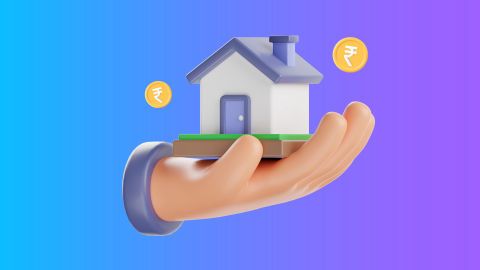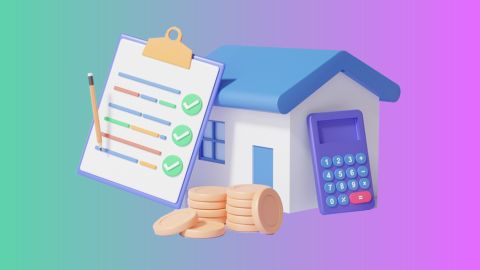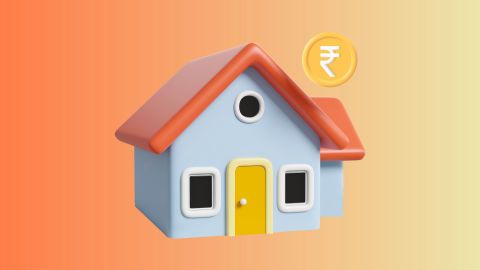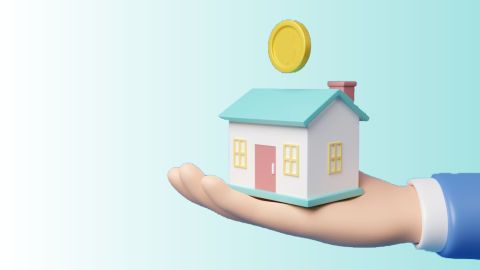Understanding how to secure a mortgage on leasehold property can be complex, especially when compared to freehold properties. Leasehold properties, where you own the property but lease the land, can be mortgaged, but the process involves several unique considerations. Typically, leasehold mortgages come with specific requirements, including the length of the lease and the terms set by the leaseholder. To navigate this journey smoothly, considering a reliable partner like Bajaj Finance with
Loan Against Property can be beneficial. It offers customised solutions, flexible tenures, and competitive interest rates, making it easier to meet your financial needs. This article dives deep into the basics of leasehold properties, the types of mortgages available, the mortgage process, and essential tips to help you make informed decisions.
What is leasehold property?
A leasehold property is a type of property where you own the building or structure, but not the land on which it stands. The land is leased from a freeholder (landowner) for a set period, usually ranging from 30 to 99 years, but it can go up to 999 years in some cases. During the lease period, the property owner must adhere to the terms and conditions outlined in the lease agreement. Unlike freehold properties where the owner has outright ownership of both land and building, leasehold properties require regular payments such as ground rent, service charges, and maintenance fees to the freeholder.
Understanding mortgages on leasehold properties
When considering a mortgage on leasehold property, understanding the fundamentals is essential. Lenders are often cautious about providing mortgages for leasehold properties due to the complexities involved. Factors like the remaining lease period, ground rent, service charges, and potential restrictions play a critical role. Typically, banks and financial institutions prefer leasehold properties with a minimum remaining lease period of 70 years. Properties with shorter leases may require additional agreements or premium payments to the leaseholder before qualifying for a mortgage. Thus, opting for financial partners like Bajaj Finance can simplify the process with their transparent terms and expert guidance.
Types of mortgages for leasehold properties
When it comes to mortgages on leasehold properties, several options are available depending on your financial requirements and eligibility. Here are some popular
types of mortgage in India:
- Fixed-rate mortgage: Interest rates remain constant throughout the loan tenure.
- Floating-rate mortgage: Interest rates fluctuate based on market conditions.
- Interest-only mortgage: Pay only interest during the initial tenure and the principal later.
- Offset mortgage: Link savings accounts to reduce the mortgage balance and interest.
Mortgage application process for leasehold properties
Securing a mortgage on a leasehold property involves several steps. Here is a quick overview:
- Eligibility check: Ensure that the leasehold property meets the lender’s criteria, such as the remaining lease term.
- Document submission: Prepare and submit necessary documents like identity proof, income proof, and property papers.
- Property valuation: The lender assesses the property to determine its market value.
- Offer letter: If approved, the lender provides a formal offer letter with terms and conditions.
- Legal checks and agreements: Complete legal formalities, including agreements with the leaseholder, before disbursement.
- Disbursement: Upon completing the above steps, the loan amount is disbursed to the borrower.
Impact of mortgage on leasehold property
Mortgaging a leasehold property can have several implications:
- Financial obligations: Regular EMIs, along with lease payments, ground rent, and service charges.
- Valuation limitations: Leasehold properties may have lower valuations, influencing the loan amount.
- Lease expiry risk: Shorter lease terms can affect mortgage eligibility and repayment terms.
Understanding these impacts will help you plan better and mitigate risks effectively.
Tips for securing a mortgage on leasehold property
Securing a mortgage on leasehold property can be more straightforward if you follow these tips:
- Opt for long-lease properties: Choose properties with a lease of at least 70-80 years to ease mortgage approvals.
- Negotiate lease terms: Discuss with the leaseholder to extend the lease term if it is close to expiry.
- Ensure transparent documentation: Ensure that all lease-related documents are clear and up-to-date to avoid delays.
- Use EMI calculators: Use tools like the EMI calculator to plan your finances better.
Conclusion
A mortgage on leasehold property is a viable option for many, but it requires thorough research and understanding of its intricacies. By choosing the right financial partner like Bajaj Finserv Loan Against Property, you can secure a mortgage with ease, transparency, and competitive interest rates. Always ensure you are well informed about the terms of the lease, the mortgage types available, and the legal implications to make an informed decision.




